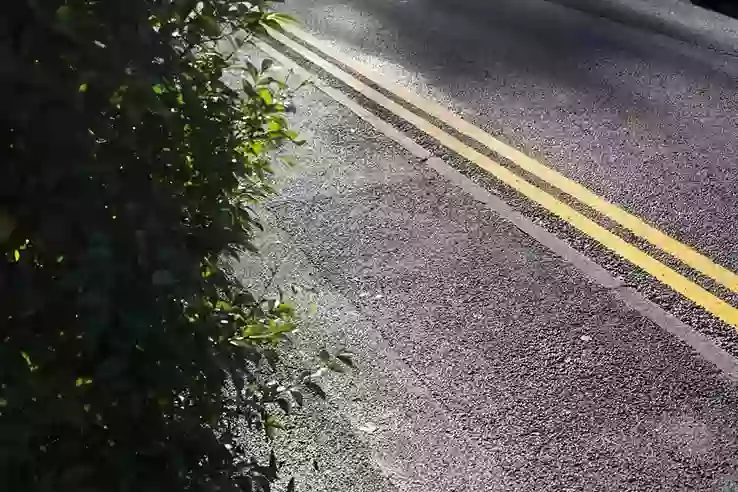
Whether you're in a rush or only need to stop for 30 seconds, we've all been tempted to park somewhere we shouldn't, but doing so could come at a price.
It can be difficult to know when you're allowed to park your van, especially if you're driving in an unfamiliar area. It's a good idea to familiarise yourself with parking laws to reduce the chances of getting a fine.
If you leave your van in a dangerous position - on a blind bend, for example - you face getting penalty points. If you already have existing points, this could lead to you losing your licence altogether.
When you rely on your van for work, this is the last thing you want. In short, if you don't know the rules of the road, you could end up losing business.
Although the rules are strict, there are some exceptions. Read on to find out when you can legally park your van on double yellow lines.
What do parking lines mean?
First, here's a quick breakdown of what different parking lines mean for you and your van:
- Double white lines - you can't park, except to drop off or pick up passengers.
- Double yellow lines - you can't park at any time, except in the circumstances we'll cover below.
- Single yellow lines - single yellow line rules are slightly different in that you can park on them as long as you're outside of specified times, which will be signposted.
- Double red lines - these tend to be found in larger cities like London, Birmingham and Edinburgh. Double red lines mean you can't park or stop under any circumstances.
- Single red lines - similarly to single yellow lines, you need to check nearby signs for rules around when you can and can't park or stop. These lines tend to be more restrictive than their yellow counterparts.
What is the fine for parking on double yellow lines?
The fine for parking your van on double yellow lines can vary depending on your local council. Drivers that park on double yellows illegally may receive a penalty charge notice (PCN). If you do unintentionally park illegally and get a PCN, it's important to pay it as soon as you can – as the cost is often discounted with early payment. To avoid a fine in the first place, it's important to make sure you know the rules.
When can you park your van on double yellow lines?
1. At certain times, as indicated on nearby signs
According to the government website, it's OK to wait or park on yellow lines as long as it's not during restricted seasonal times. To find out what these are, check the nearby time plates or, if you're in a Controlled Parking Zone, refer to the zone entry signs.
If you're on double yellow lines and can't see any signs, you need to assume the restrictions apply 24/7, meaning you can't park your van there.
2. If you're making a commercial delivery or pick-up
Loading or unloading your van? It's OK to stop briefly on double yellow lines to do so, but you must be continuously loading or unloading the whole time you're parked. There's also a time limit - 40 minutes for heavy goods vehicles and 20 minutes for light goods vehicles. It's important to stay safe and be efficient when unloading and loading your van.
Be prepared to prove to a parking attendant that you're loading or unloading something you couldn't carry from a legal parking spot. If you can see waiting restrictions or signs in place - including kerb dashes - you'll need to adhere to these.
3. When stopping to pick up or drop off a passenger
You can pull over on double yellow lines to drop off or pick somebody up, as long as there are no stopping restrictions. Just make sure your van isn't blocking any traffic, roads or junctions.
A word of warning: it's OK to pick up someone who's ready and waiting, but you can't park your van on double yellow lines while you wait for your passenger to arrive.
4. If you're a blue badge holder
If you display a blue badge in your van window, you're allowed to park on double yellow lines for up to three hours. Again, if there are restrictions in place that contradict this, you must follow them.
Make sure your blue badge is displayed at all times alongside the time clock (which must be set to the time you arrived). Even if you're a blue badge holder, it's still important that you park your van somewhere that won't obstruct or cause danger to others.
5. If the double yellow lines and restriction signs are obstructed from view
If the double yellow lines you're parked on aren't visible because of heavy snow for example, you could have grounds for a successful appeal if you're fined for parking your van there. If the vertical kerb dashes are still in view, this excuse probably won't cut it.
As a van driver, parking is just one of the many things you'll need to consider. Staying on top of your insurance will help to keep things running smoothly.